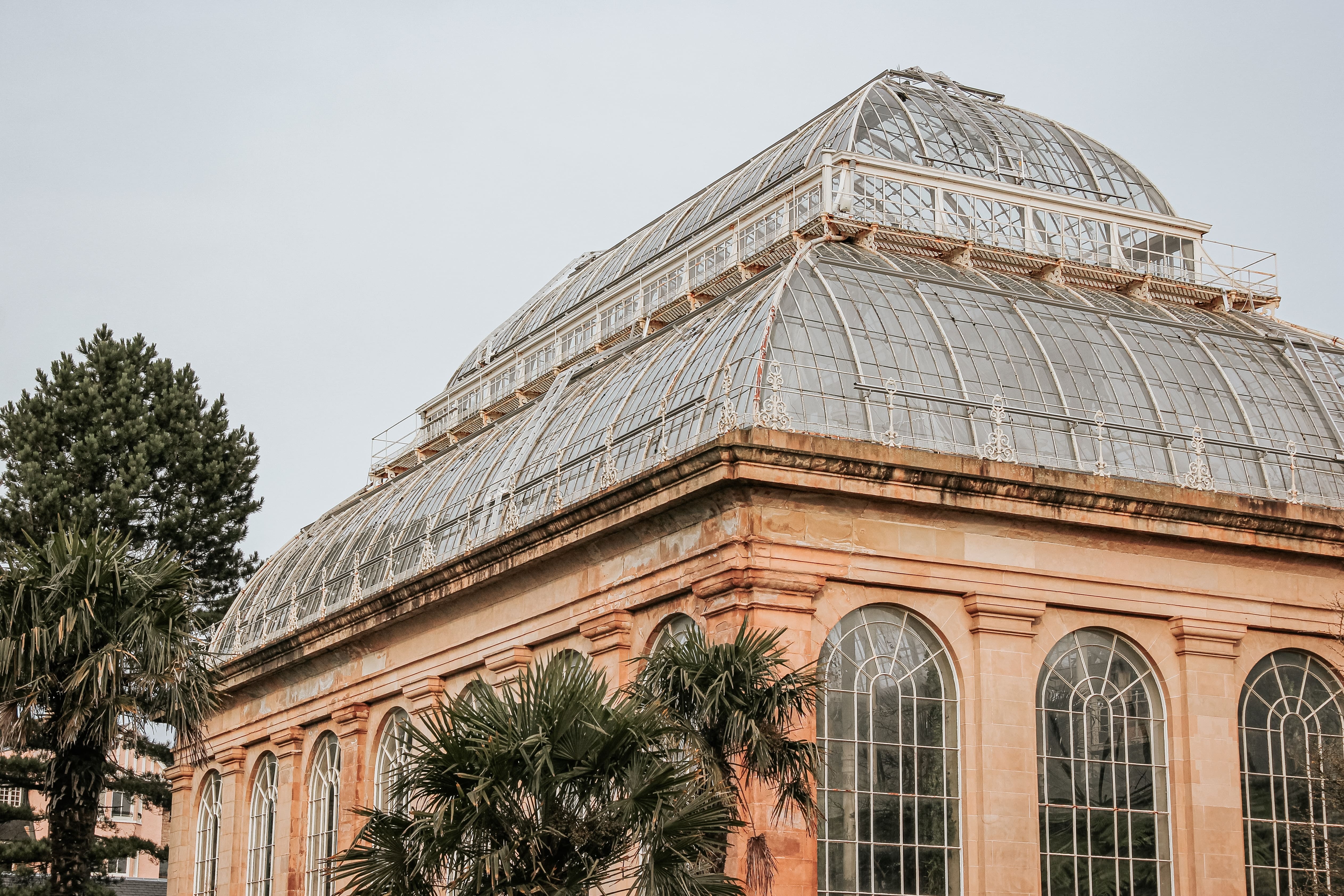The history of Edinburgh's Royal Botanic Garden
26th May 2022
By Charles, Mercat Storyteller
The Royal Botanic Garden in Edinburgh has always been a place of respite for the inhabitants of the city, it’s a popular visitor attraction too. Interestingly, very few people realise that its present location at Inverleith is actually the fourth site in its long history. As the city expanded, the location and size of the Garden changed significantly along the way.
The Origins of Edinburgh's Royal Botanic Garden
Destined to become one of the finest botanical gardens in the world, its beginnings were very modest indeed. A 'physic garden' designed to grow plants for medicinal use was established next to the Palace of Holyroodhouse in 1670. The founding fathers were two young Scottish doctors, Robert Sibbald and Andrew Balfour, who had studied in Europe. It was the second such garden to be established in the UK, an earlier one having been founded in Oxford. While it was only the size of a tennis court, its initial proximity to the Palace gave it a Royal connection which continues to this day. Interestingly, the spirit of this little garden was tangibly recreated just last year and today you can visit it at the end of our Edinburgh Outlander Experience and Treasures of the Old Town tours.
In 1675, a connection to the University of Edinburgh led to the initial physic garden expanding to encompass a second site on the eastern shores of what was then the Nor’ Loch, in the north valley of Edinburgh. Today, the same area is occupied by Waverley railway station where a plaque opposite Platform 5 commemorates its former usage. The inaugral Professor of Botany at the University, James Sutherland, was appointed the first Regius Keeper of the King’s Garden by King William III in 1699 and this latter title continues to this day with its sixteenth incumbent.
Relocation of the Gardens
Increasing industrialisation and pollution led the two Gardens to move in 1763 to a combined third location with cleaner air on the road to Leith. Nowadays, this site occupies the corner of McDonald Road and Leith Walk with a library building, a service garage and some flats; although some remnants of the Garden remain as a small unpretentious public park to the rear.
After some 50 years, a decision was taken in 1820 to move the Garden to its fourth and final site at Inverleith, north of the city centre. Over the next few decades, the Garden grew in size through acquisition of the nearby Royal Caledonian Horticultural Society grounds, plus those of Inverleith House, to finally give the present 70 acres site today.
Often referred to as simply 'The Botanics', the Royal Botanic Garden Edinburgh today is mainly a series of interlocking themed gardens – the Rock Garden, the Chinese Hillside Garden, the Alpine Garden, to name but a few. Over 14,000 plant species are on show. In a wonderful nod to the past, the dilapidated Georgian 'Gardener’s Cottage’, abandoned at the third location on Leith Walk, was recently moved brick by brick to be painstakingly reassembled at the present site, thereby making it simultaneously the oldest and the newest building in the Garden!
Entry to 'The Botanics' is free but donations are always welcomed. There is a charge to visit the impressive Glasshouses as 'Windows on the World’ in plant terms. Bus routes 8, 23 and 27 north from the city centre take you directly to the East Gate. Once there, you can escape the busy city, relax and unwind and truly embrace nature for a while.

